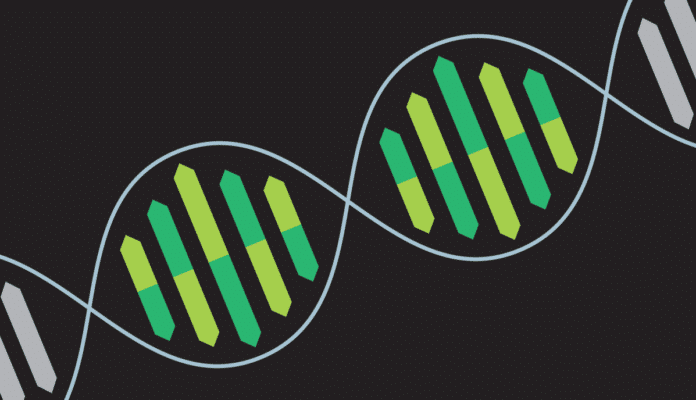Alzheimer’s Brain Damage Obliterated by Altering Gene
Efforts to develop drugs for Alzheimer’s disease (AD) have shown promise in animal studies, only to fail in human trials, suggesting a pressing need to study AD in human model systems. Now, a study addresses this discrepancy, and more importantly, the study points to a potential treatment strategy that can remove the hallmarks of Alzheimer’s in human brain cells.
“Drug development for Alzheimer’s disease has been largely a disappointment over the past 10 years,” says lead author Yadong Huang, MD, PhD, a senior investigator and director of the Center for Translational Advancement at Gladstone.
“Many drugs work beautifully in a mouse model, but so far they’ve all failed in clinical trials. One concern within the field has been how poorly these mouse models really mimic human disease.”
The apoE4 gene is the primary genetic risk factor for Alzheimer’s disease. There are three different types of the APOE gene — APOE2, APOE3, and APOE4 — and everyone has two copies of the gene. While the E2 version, which is the rarest form, decreases the risk of having Alzheimer’s and the E3 version appears to have no effect on risk, having one copy of the APOE4 gene more
than doubles a person’s odds of developing Alzheimer’s. Having two copies increases the risk by 12-fold.Scientists haven’t known why the APOE4 version is so damaging to brain cells, but Gladstone researchers were able to erase the damage by changing a single molecule, which turned it into a harmless version similar to APOE3.
The study is particularly promising as its success was seen in human brain cells, differing from the majority of Alzheimer’s research and drug trials which are conducted in mouse models. In the past, many treatments that have shown positive results in murine models have not made it past early clinical testing in humans.
Huang’s team used pluripotent stem cell technology to examine the effect of apoE4 on human brain cells, something that has not been done previously. Neurons were created using skin cells donated by Alzheimer’s patients with two copies of the apoE4 gene, as well as from healthy individuals with two copies of the apoE3 gene.
Compared to ApoE3 cells, the researchers observed that the ApoE4 neurons accumulated higher levels of proteins called p-tau and amyloid beta, which are hallmarks of Alzheimer’s disease. Repeating this same experiment in iPSC-derived mouse neurons showed no difference in the production of amyloid beta levels between the ApoE3 and E4 neurons.
The researchers looked for ways to repair the abnormalities caused by apoE4. In earlier work, Huang and his collaborators developed a class of compounds that can change the structure of the harmful apoE4 protein so it resembles the innocuous apoE3 protein, referred to as apoE4 “structure correctors”.
Treating human apoE4 neurons with a structure corrector eliminated the signs of Alzheimer’s disease, restored normal function to the cells, and improved cell survival. Huang is now working with his collaborators in academia and the pharmaceutical industry to improve the compounds so they can be tested in human patients in the future.






























